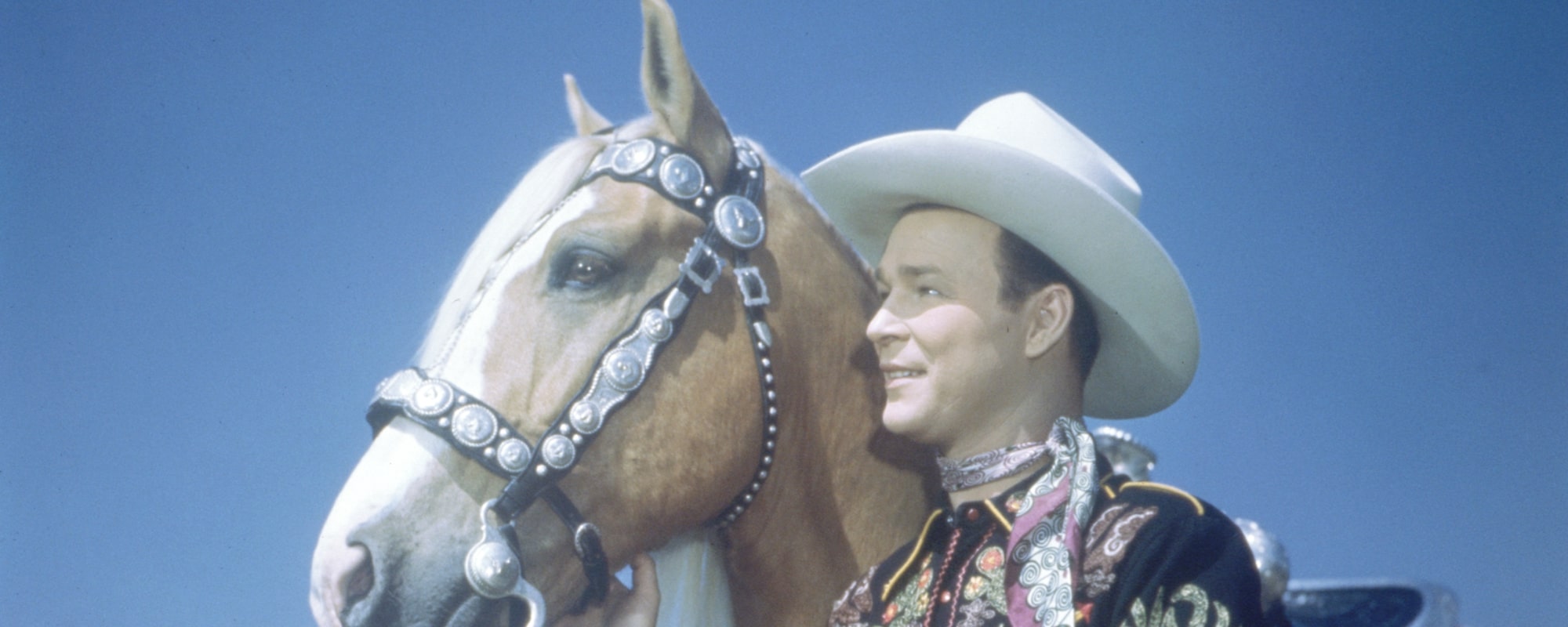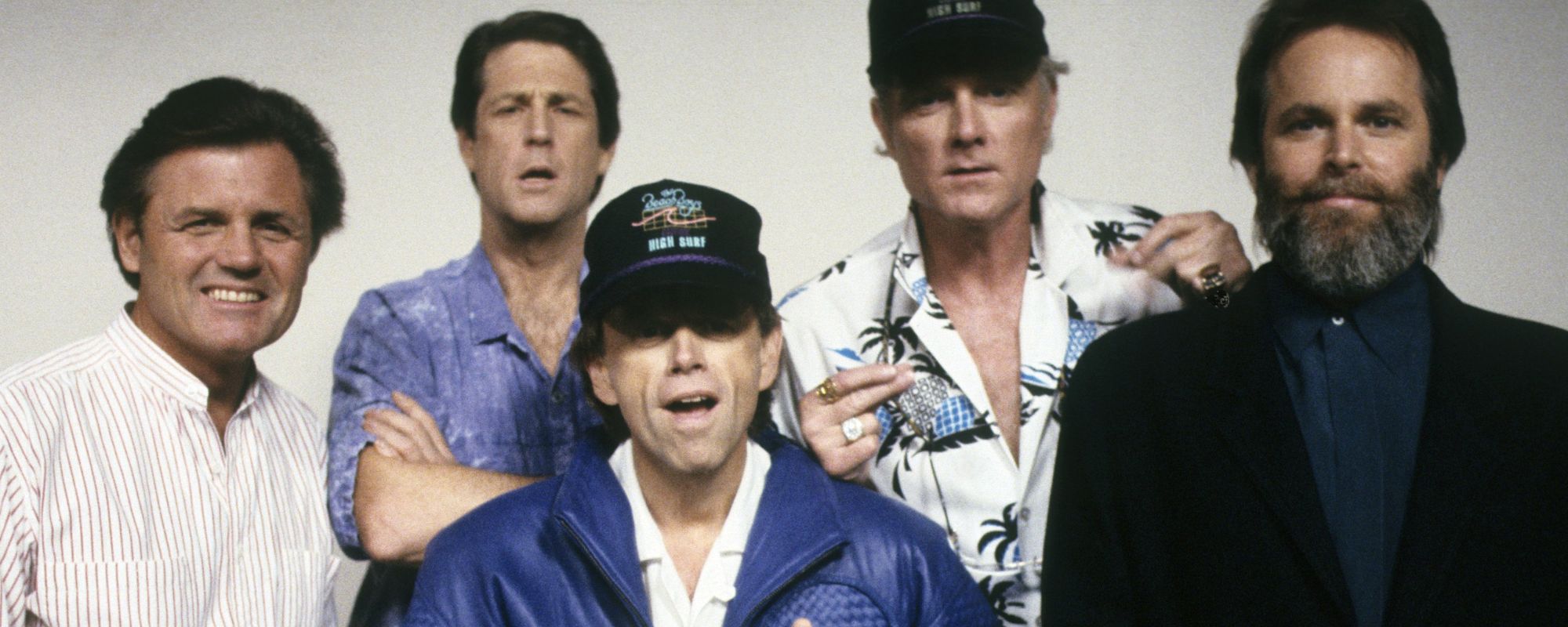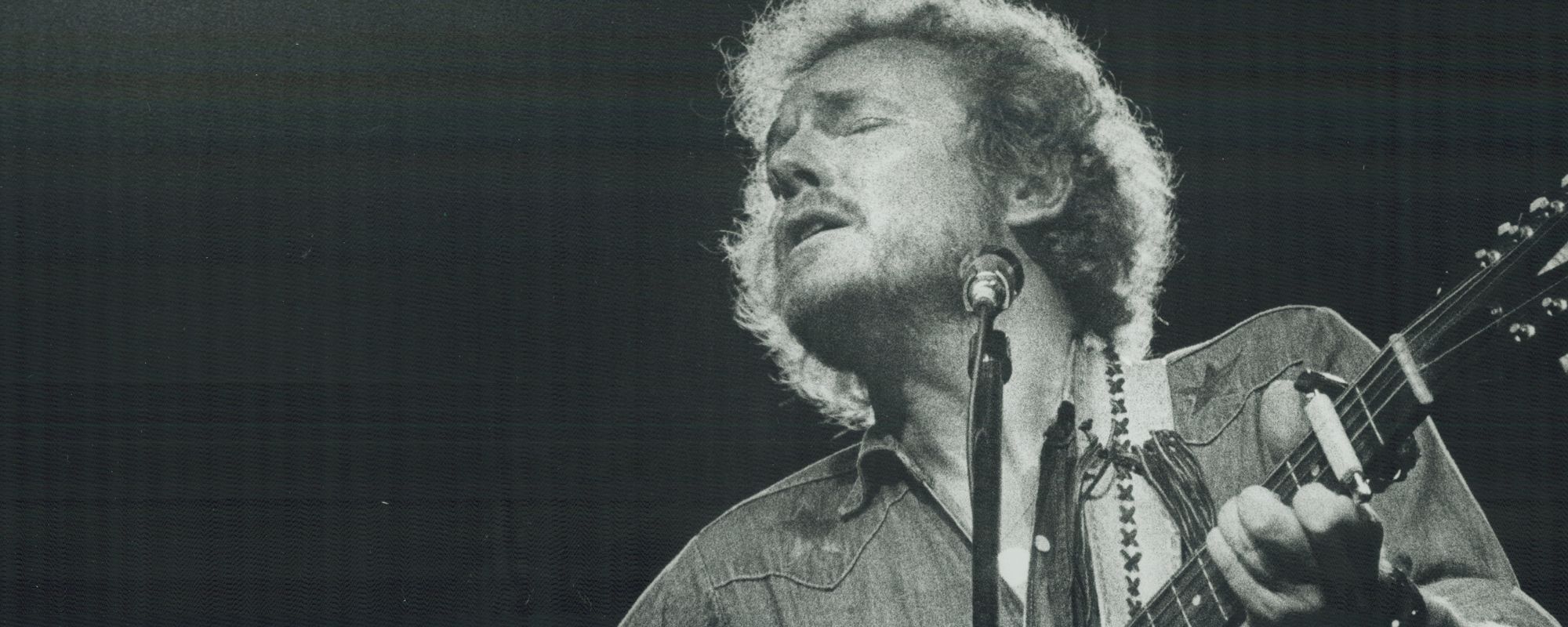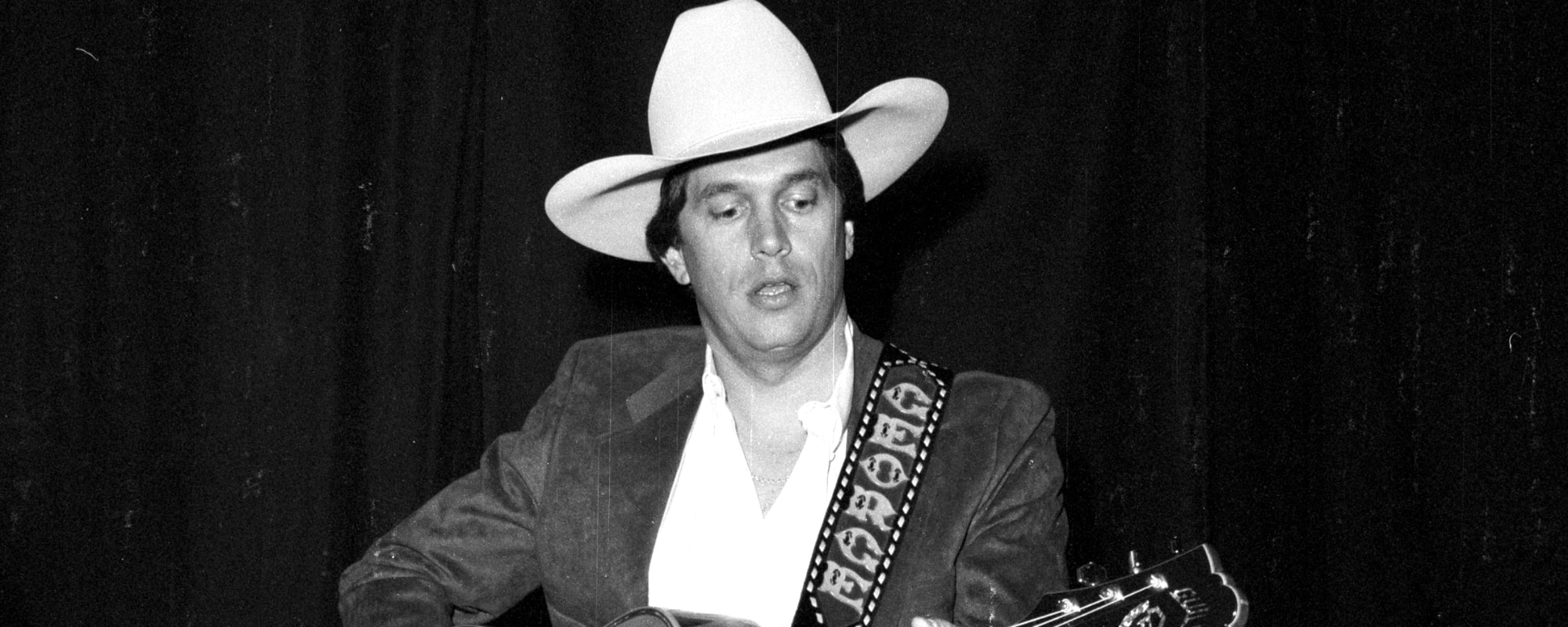Johnny Paycheck was trying not to get disheartened by a long line of near-hits when he finally released what would become his first and only No. 1 song in the fall of 1977. Paycheck (born Donald Eugene Lytle) was years past his 1959 Grand Ole Opry debut and late 60s career slump by the time songwriter David Allan Coe suggested he cover one of his songs for his next single. Paycheck obliged, and the song—which just so happened to pair beautifully with his stage name—skyrocketed to the top of the Billboard Hot Country Songs chart.
Videos by American Songwriter
“Take This Job and Shove It” became a cultural phenomenon in its own right. Besides being a catchy stick-it-to-the-man for the working class, the song’s title integrated its way into the English language. “Take this X and Y” became a snowclone phrase, which is a cliché that people will customize to fit a specific situation. Other recognizable snowclone phrases that have evolved past their original meaning include “X is the new Y,” “to X or not to X,” and “have X, will travel.” In some cases, the format is more ubiquitous than the original phrase.
Paycheck certainly didn’t intend to change the English language. But he was happy to take a hit after struggling without one for so long.
Johnny Paycheck Lamented His Near-Hits One Year Before Going No. 1
In a 1976 interview with Country Music, Johnny Paycheck described watching his chart performance get worse over the years. “I had 16 hits in a row, but only 10 or 11 were Top 10. The rest was Top 40, Top 50. All of a sudden I found myself…we was doing the same style of stuff, and I thought it was good stuff. But all of a sudden, the public didn’t seem to be wanting that particular thing. I kept thinking, ‘Well, if this one doesn’t do it, I don’t know what will.’ And then it would come out and not do it. It’d go halfway up the charts and stop.”
“I kept watching the business and the people that were coming up and making it big,” he continued, “like Waylon [Jennings] and Willie [Nelson]. So, I went to Billy [Sherrill, producer]’s office and said, ‘We gotta change, man, or you’re gonna see the day where you have to drop me because I’ve quit selling.”
Part of the change Paycheck and Sherrill were looking for came in the form of a David Allan Coe song, “Take This Job and Shove It”. According to SongFacts, Coe originally intended George Jones to record the song, but he didn’t show up for the recording session. In his absence, Sherrill called Coe to ask for permission for Paycheck to cut the record instead.
David Allan Coe Wrote The Song À La Kris Kristofferson
After Johnny Paycheck went No. 1 with “Take This Job and Shove It”, tension grew between him and David Allan Coe after Paycheck brushed the songwriter off as “some guy in Nashville” during an appearance on The Tonight Show Starring Johnny Carson. Coe once said he heard Paycheck credit the song to his grandfather. Questionable song origins aside, Coe was the song’s true writer. Interestingly, he came up with the song in the same way he inspired Kris Kristofferson to write one of his signature songs, “Why Me”.
Per country music legend, Coe wrote the song in about five minutes after heroically saving several boats from burning after untying them from a burning dock. (Not in the same night, though that would be impressive.) Some time after the incident, Billy Sherrill and Coe were talking about that night when Sherrill suggested Coe ought to get a job with the fire department. Coe replied, “They can take that job and shove it.” Sherrill encouraged him to write a song with that phrase, reminding Coe of the time he inspired Kristofferson by saying, “Why me, Lord,” while hanging out one night. Sherrill thought that this time, Coe could take the one-liner and write a song for himself.
The rest is country music history.
Photo by Michael Putland/Getty Images












Leave a Reply
Only members can comment. Become a member. Already a member? Log in.